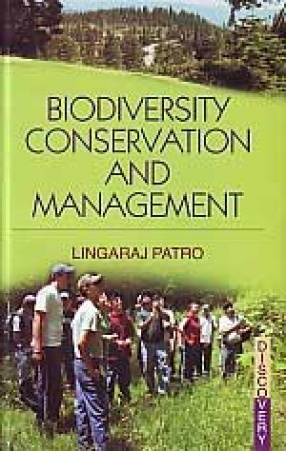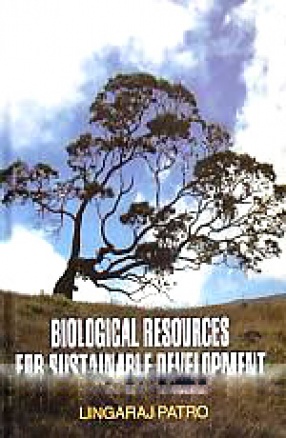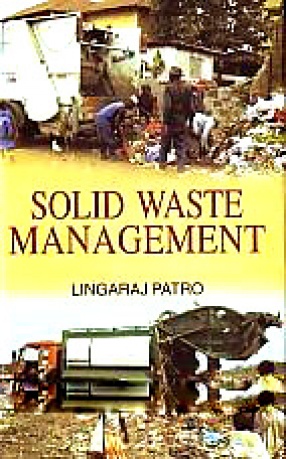The Himalaya have the natural wealth of plants many still unknown and many endangered. Countries rich in biodiversity need to save it from destruction. In India many institutions involved in conservation and utilization of biodiversity come under the Ministry of Environment and Forest (MOEF), Ministry of Agriculture, and Ministry of Science and Technology. They are concerned with conservation of biosphere reserve, National Park, wildlife, sanctuaries, and field gene banks etc. India is basically an agricultural country. Top priority be given on conservation and sustainable utilization of biodiversity in developmental planning. For the conservation of genetic materials, seeds, pollen grains, vegetative propagating parts, plant tissues or genomes of plant cells are collected; this depends on nature of crops, case to handle, longevity, expertise, methodologies available, space required, problems of genetic erosion of stock and expenses. Techniques have been developed to culture the plant cell, tissue and organs, in vitro grown cultures. Storage of in vitro grown culture has many advantages over the others such as requirement of less space, cheap maintenance cost, high propagation potential, least problem of genetic erosion of stock and maintenance of pathogen free stock.
Biodiversity conservation and Management contains selected papers by eminent professors, academicians, researchers and scientists of different parts of India and abroad pertaining to a variety of issues and dimensions of biodiversity conversation and management. It is expected that this book will profusely assist the policymakers, researchers, conservation and management personnel and general readers for policy implications.








There are no reviews yet.